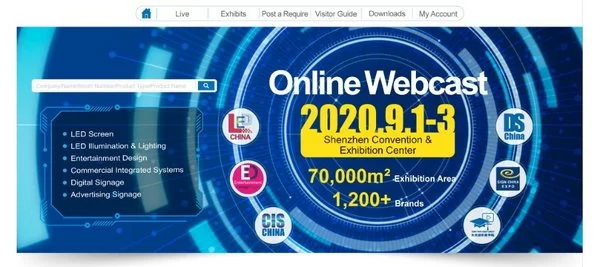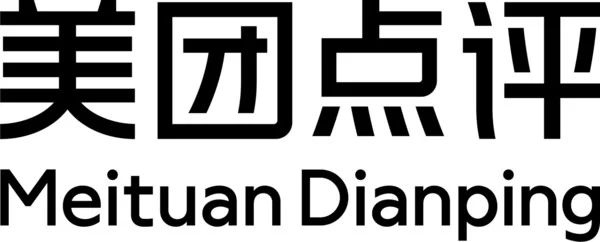HO CHI MINH, Vietnam, Sept. 12, 2020 — As part of their new strategic cooperation, Clip TV and coocaa have released a co-branded smart television. Each coocaa x Clip TV includes a complimentary lifetime ad-free Clip TV membership, marking the start of a new generation of free content viewing in…
Scala Launches New Entry-Level and Enterprise Media Players
New Players Complement Scala’s Full Hardware Solution on Linux and Windows for Digital Signage MALVERN, Pennsylvania, Sept. 10, 2020 — Scala today announced the addition of four new Scala Media Players to its family of high performance, purpose-built media players, engineered to work…
Indonesian Start Up the Shonet, Launches Social Commerce Providing New Stimulus for Fashion and Beauty Players to Survive the Pandemic Period
JAKARTA, Indonesia, Sept. 9, 2020 — The COVID-19 pandemic has an impact on the continuity of the entire industry, including in the realm of fashion and beauty. In the midst of a challenging situation for industry players, the Shonet as a digital company based for social commerce focuses on supporting the…
MaxCare Home cooperates with the musician Nguyen Hai Phong to launch a MV “Con Ke Ba Nghe” with a meaningful message in Vu Lan Ceremony 2020
HO CHI MINH CITY, Vietnam, Sept. 4, 2020 — On the occasion of Vu Lan Ceremony 2020, MaxCare Home – the top brand which distributes high quality and prestigious equipment for family health care from Japan and America, collaborates with the musician Nguyen Hai Phong to launch the MV "Con Ke…
New Research Shows How Sales Processes Are Adapting to COVID-19
New research highlights rapid change to the traditional sales environment and how sales professionals are adapting PETERSFIELD, England, Sept. 2, 2020 — Leading cloud CRM vendor, Really Simple Systems, has published a new report detailing the findings of recent international research into the roles,…
Crypto.com Pay Now Powers CRO Payments From Any ERC-20 Wallet
Enables merchants to expand reach to 30 million + crypto wallets HONG KONG, Aug. 29, 2020 — Crypto.com today announced that Crypto.com Pay — the company’s payment solution for online merchants — will now support CRO payments from any ERC-20 wallet. This evolution…
Focalcrest Inc to Launch New Relay Switch at IFA 2020
BERLIN, Aug. 28, 2020 — Focalcrest Inc, the leading smart home solutions company, has announced the planned launch of a new smart relay switch in the upcoming IFA 2020 in Berlin on September 3rd. At the premiere which is to happen at Booth No.: 109 Level 1 of the CityCube Berlin,…
HARTING Technology Group has been shaping the future for 75 years
Innovative products and solutions for Industry 4.0 ESPELKAMP, Germany, Aug. 28, 2020 — For 75 years now, the HARTING Technology Group has been driving technological change. The vision formulated in 1996 by the owner family "We want to shape the future with technologies for people" remains the guiding star of our…
LED CHINA 2020 to Launch Interactive Virtual Exhibition to Benefit Global Buyers
1 ~ 3 September, both in-person and virtual version of LED CHINA 2020 will be held as planned, presenting the latest trends in LED displays and its vertical application domains. SHENZHEN, China, Aug. 24, 2020 — LED CHINA 2020 has recently launched a B2B online webcast platform – LED CHINA…
Meituan Dianping Announces Financial Results for the Three and Six Months Ended June 30, 2020
HONG KONG, Aug. 21, 2020 — Meituan Dianping (HKG: 3690) (the "Company" or "Meituan"), China’s leading e-commerce platform for services, today announced the unaudited consolidated results of the Company for the three and six months ended June 30, 2020. …











